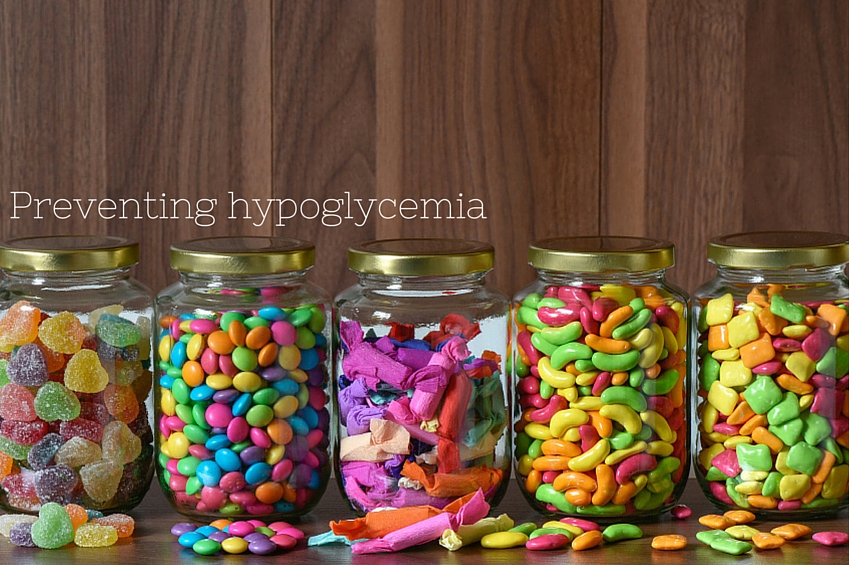Most people associate diabetes with blood sugar levels that are too high.
Over the long haul, high blood sugar (hyperglycemia) can lead to blindness, kidney failure, nerve damage, heart disease and other serious health problems. But the damage can take decades to accumulate.
But blood sugar levels that dip too low – a condition called “hypoglycemia” – can quickly turn dangerous and, in rare cases, even deadly.
When blood sugar falls to 70 mgs/dl or lower, it’s important to act quickly to raise it to healthier levels.
According to the American Diabetes Association, warning signs of hypoglycemia include:
- Shakiness
- Nervousness or anxiety
- Sweating, chills and clamminess
- Irritability or impatience
- Confusion, including delirium
- Rapid/fast heartbeat
- Lightheadedness or dizziness
- Hunger and nausea
- Sleepiness
- Blurred/impaired vision
- Tingling or numbness in the lips or tongue
- Headaches
- Weakness or fatigue
- Anger, stubbornness or sadness
- Lack of coordination
- Nightmares or crying out during sleep
- Seizures
- Unconsciousness, and in rare cases, coma
The only way to be sure you’re hypoglycemic is with a blood glucose test, but it’s not usually safe to wait to take one and get the results. To get blood sugar back up to safe levels, consume 15 to 20 grams of sugar (glucose) or simple carbohydrates. Then test your blood sugar after about 15 minutes. If your blood sugar is still too low, eat another 15 to 20 grams of sugar or simple carbs and re-test.
Here’s the best way to get the right amount of glucose, according to the ADA:
- Glucose tablets (follow package instructions)
- Gel tube (follow package instructions)
- 2 tablespoons of raisins
- 4 ounces (1/2 cup) of juice or regular soda (not diet)
- 1 tablespoon sugar, honey or corn syrup
- 8 ounces of nonfat or 1% milk
- Hard candies, jellybeans or gumdrops (see package to determine how many to consume)


